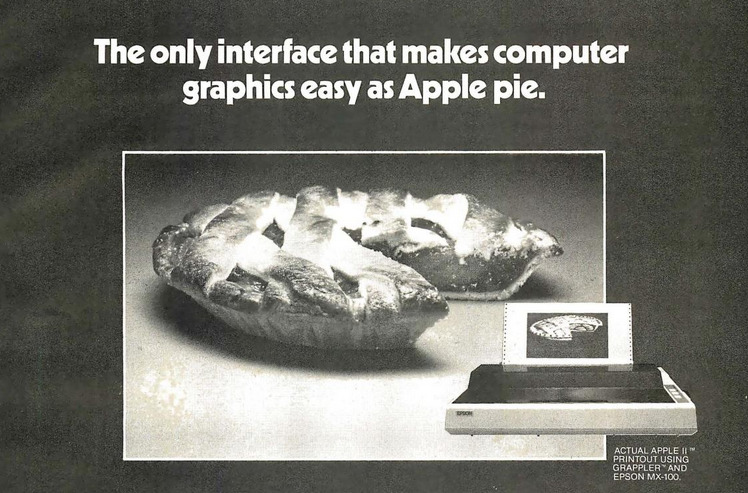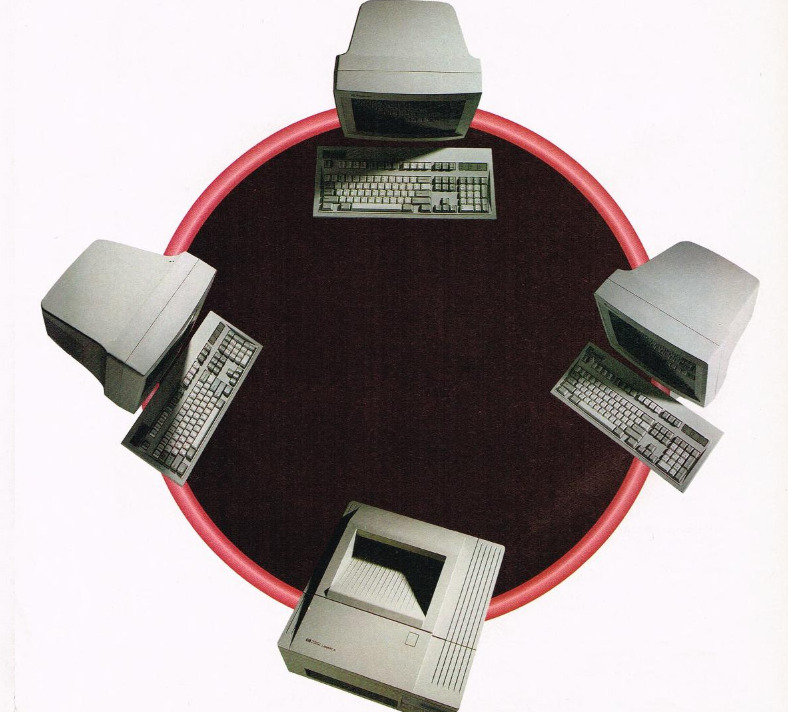Class 3 - Interfaces / Human-Computer Interactions
Apéritif
RFC as koan
- M. A. Padlipsky, RFC 491: What Is Free (April 12, 1973)
Emulator as koan
Themes
- software
- interface design
- history of floppy disk & related storage media
- the Macintosh (and its legacy)
Prompts
- Where’s the line between software and hardware, and how has it changed over time?
- When did computers start having a personality? What are the implications behind having computers become “friendlier”?
- Why does the Macintosh continue to live so strongly in cultural memory?
Description
Episodes: - S1E4 “Close to the Metal”, S1E5 “Adventure”, S1E6 “Landfall”
This episode block starts with data loss, demagnetization, and data restoration. (And manipulation and press influence, too.) Where did memory used to be stored, and when did computers start storing data on detachable drives, like the 5 1/4” floppy disks featured in Episode 4?
S1E6 starts to move from worrying about a PC’s hardware to worrying about the software that comes packaged with the machine. This is building up to the reveal (a few episodes from now) of the Apple Macintosh and its focus on interface design and making the computer have a “personality”.
Readings
- Ellen Ullman, The dumbing-down of programming, part 1 and Part 2, Salon.com (May 1998)
- Lori Emerson, From the Philosophy of the Open to the Ideology of the User-Friendly (Feb 2013)
- Keith More, Life in Computing: The Apple Mac (July 2011)
- Andrew Roach, Observations on Modern Computing (The Last 10 Years Were a Misstep) (April 2018)
- Raymond Chen, How did MS-DOS decide that two seconds was the amount of time to keep the floppy disk cache valid? (September 2019)
- Patrizia DiLucchio, Screen decor (April 1999)

